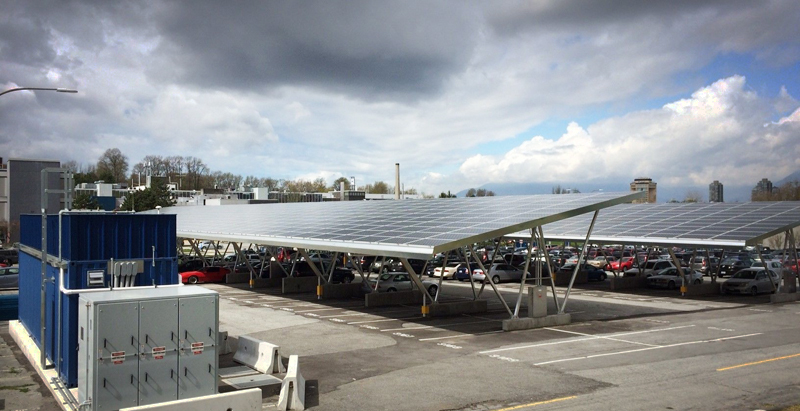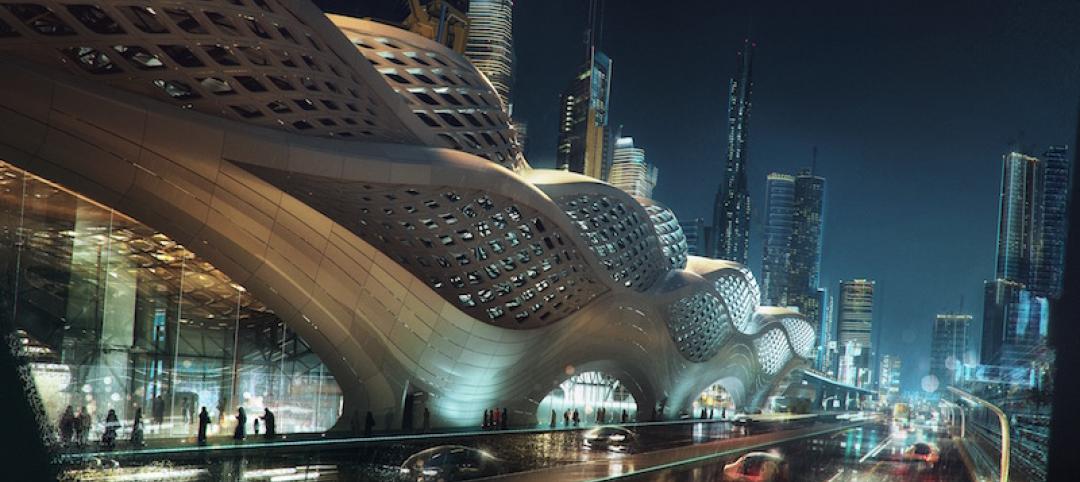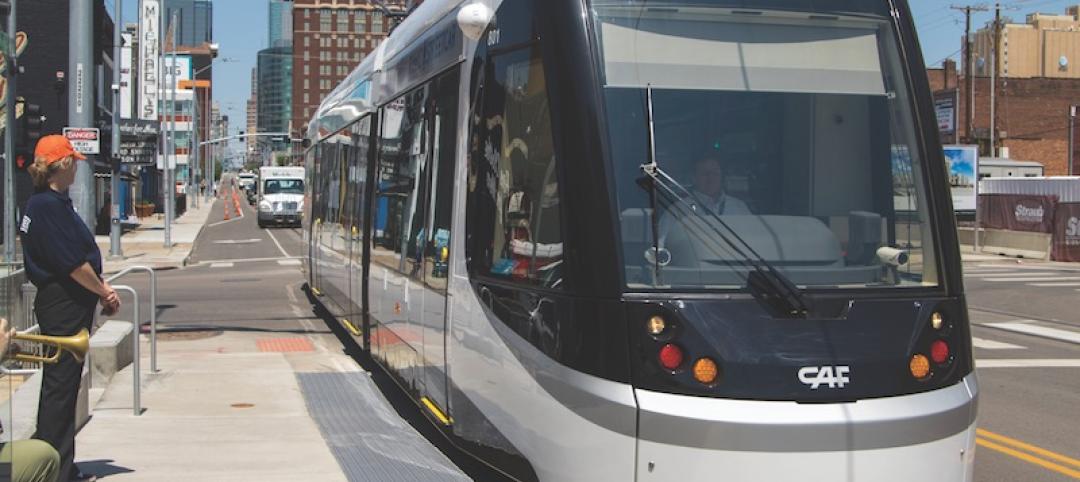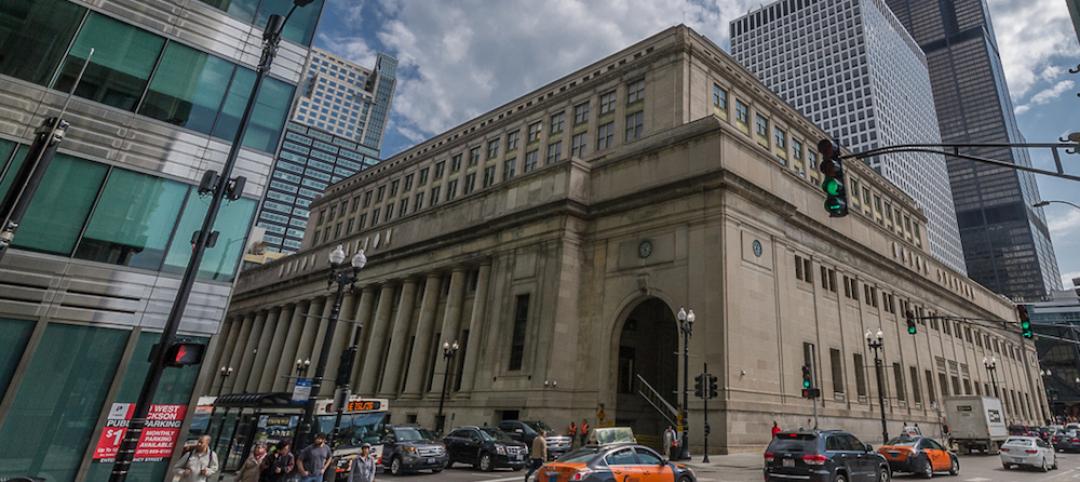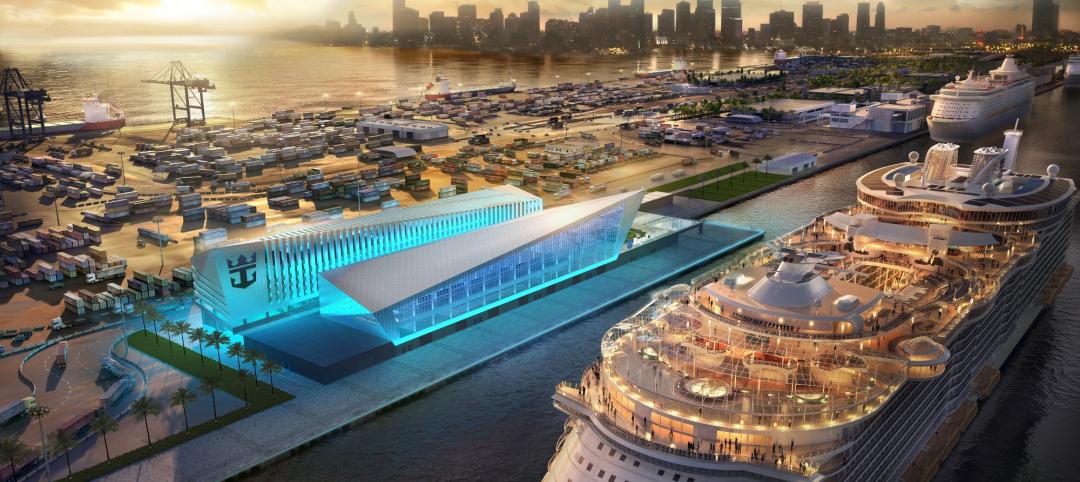Setting the Scene for Innovative Eco Solutions
Located on the scenic west coast of Canada, the British Columbia Institute of Technology (BCIT) is a public polytechnic institution of higher education. Its five campuses sprawl across the Metro Vancouver region with the main campus located in Burnaby, British Columbia.
A forward thinking institution that believes in a hands-on approach to learning, BCIT wanted to develop a renewable energy system that would have a real impact on clean transportation and incorporate innovative solar components.
The Roots of Success
It all began in early 2007, when BC Hydro, a Canadian electric utility, and SMART, a BCIT Applied Research Group, embarked on a joint research initiative to design and develop Canada's first Smart Power Microgrid at BCIT's Burnaby campus. The goal was to build a smarter, more secure power grid that would balance power generation to demand, reduce the potential for blackouts, and integrate current energy sources.
Titled the Smart Microgrid Program, the ongoing initiative includes BCIT’s Energy OASIS (Open Access to Sustainable Intermittent Sources) project involving a network of fast and standard charging stations that allow electric cars to be charged in minutes – facilitating the transition to green transportation in Canada.
Making it Happen
To make the Energy Oasis a reality, Panasonic Eco Solutions Canada was chosen to design and construct the integrated system of parking canopy structures, canopy mounted solar panels, and energy storage system.
Panasonic got to work engineering, procuring, and constructing the two parking canopies with 250 kW of solar PV – enough to power the EV charging stations. The team also designed and installed a 500 kWh energy storage and energy management system utilizing Panasonic lithium-ion batteries and a bidirectional inverter. The Panasonic Battery Energy Storage System (BESS) communicates with a Distributed Energy Management System, which learns when to buy, sell or store energy using intelligent algorithms and sends the requests to store or discharge the BESS at key times, such as peak usage or in low utility rate hours.
Collaborating with BCIT and other industry partners, Panasonic integrated the solar and battery systems into BCIT’s microgrid for a comprehensive, innovative structure.
Lasting Achievement
Recognized with a Canadian Solar Industries Association (CanSIA) Game Changer Award, the project was the first of its kind in Canada to successfully demonstrate the integration of solar power, energy storage, and electric vehicle charging stations in a grid-tied or ‘islanded’ configuration. With the team’s commissioning and post implementation support services, BCIT can count on reliable startup and continuous operation for years to come.
To learn more about Panasonic Eco Solutions and our work in North America, please visit www.panasonic.com/energysolutions.
Related Stories
Transit Facilities | Mar 30, 2018
Zaha Hadid’s King Abdullah Financial District Metro Station incorporates futuristic façade
The façade required the creation of new algorithms by Newtecnic.
Mixed-Use | Sep 25, 2017
Getting there is half the fun: Mass transit helps entertainment districts thrive
In Los Angeles, the entertainment district L.A. Live is expected to benefit from the proposed expansion of the city’s mass transit system.
Transportation & Parking Facilities | Aug 6, 2017
Post Panama Canal expansion, the top three U.S. ports still rule
But land constraints around the terminals are pushing asset prices and rents to new highs.
Transit Facilities | Jun 21, 2017
Foster + Partners unveils design for the Ourense FFCC Station in Galicia, Spain
The project will create key infrastructure for the future development of the city and provide it a new social focus.
Transit Facilities | Mar 31, 2017
Mississauga Bus Rapid Transit stations share common theme but sport custom details
The route will connect with Toronto public transit.
Transit Facilities | Mar 30, 2017
Train station architectural design fundamentals: Accessibility
If safety is the number one priority for train stations, then accessibility comes in at a close second.
Transportation & Parking Facilities | Jan 31, 2017
Public transportation of the future: Four new sustainable technologies
In 2014, Americans spent an average of 42 hours per year sitting in traffic jams.
Transit Facilities | Jul 13, 2016
Arup chosen to lead renovations of Chicago’s Union Station
The third-busiest station in the country needs more space.
Resort Design | Jul 11, 2016
Broadway Malyan designs Miami terminal for Royal Caribbean Cruises
The $100 million “Crown of Miami” will provide visitors panoramic views, and it will glow at night.
Transportation & Parking Facilities | Jun 16, 2016
Dero’s modular Bike Depot offers efficient storage
The units accommodate short-term and long-term storage at transit stations, university campuses, and residential buildings.


